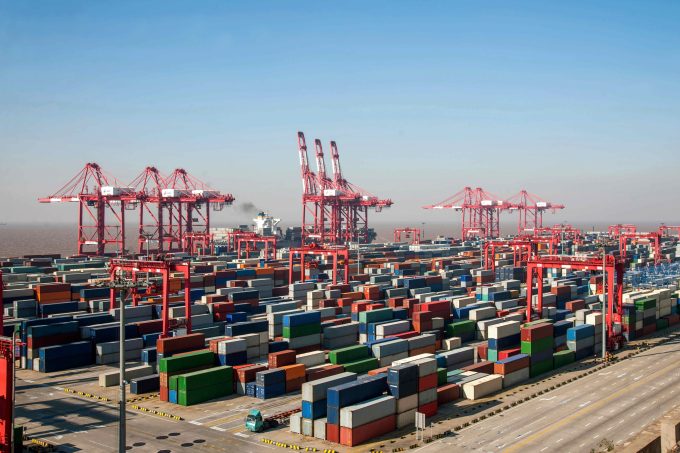Typhoon Bebinca shuts down port operations in Shanghai and Ningbo
Departures from Shanghai’s container terminals are likely to be erratic following typhoon Bebinca causing serious ...

Amid “surging” port congestion across China, rising Covid cases and lockdowns in Shanghai have also caused additional cargo delays.
Some restrictions in Shenzhen were lifted this week, allowing factories to re-open ahead of schedule and help dampen the supply chain impact.
However, cargo operations are not yet back to normal, with one forwarder telling The Loadstar: “Most container freight stations in Shenzhen are not operating, or are very limited, due to a lack of staff.
“Sending LCL at the moment is very difficult ex-South ...
'Disastrous' DSV-Schenker merger would 'disrupt European haulage market'
New senior management for DSV as it readies for DB Schenker takeover
Volumes set to 'fall off a cliff' as US firms hit the brakes on sourcing and bookings
Asian exporters scramble for ships and boxes to beat 90-day tariff pause
Amazon pushes into LTL for small package fulfilment and UPS does a u-turn
Temporary tariff relief brings on early transpacific peak season
Pre-tariff rush of goods from US to China sees air rates soar, but not for long
'Tariff madness' will prompt renegotiation of ocean shipping contracts

Comment on this article